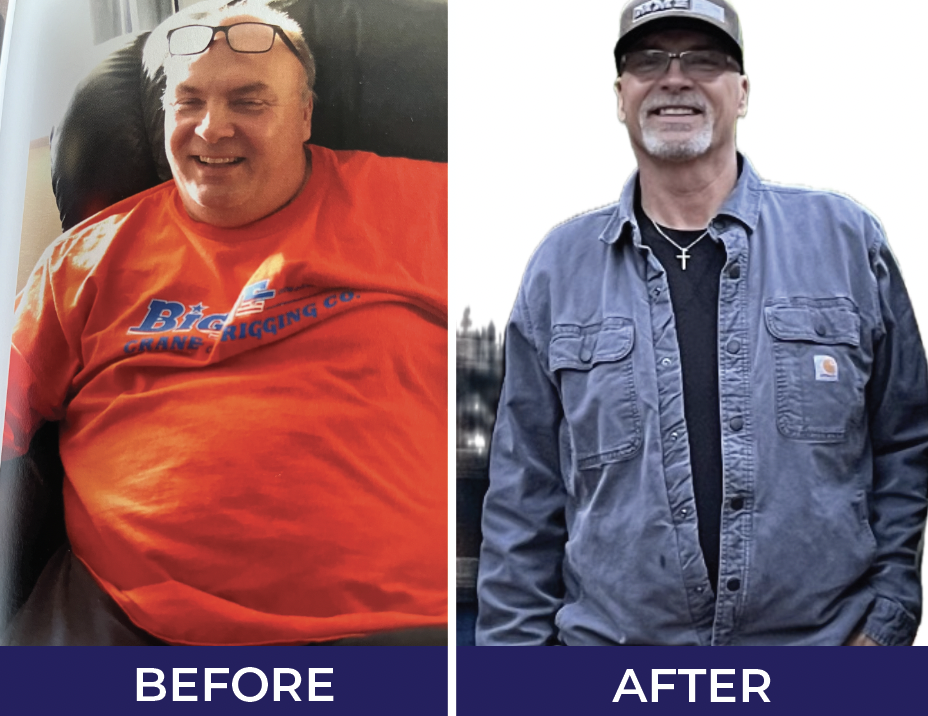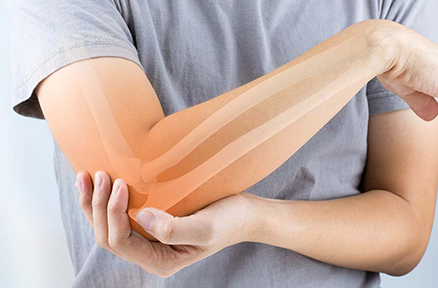Get Bike Fit & Prevent Injuries
An orthopedic surgeon who enjoys exploring the world by bike shares tips to stay safe & injury-free
More than 80 million Americans have taken to bicycling as a low-impact way to stay in shape and get around town. Cycling is a great way to explore new environs and can provide an opportunity for quiet solitude or close camaraderie, depending on one’s mood or preference.
As you begin to plan your bike routes or long-distance rides for warmer weather, it’s important to be mindful of common cycling injuries that can occur and the best practices to prevent them.
Although the cycling injuries we fear the most may come from crashing, the majority of injuries are a result of poor bike fit or an improper riding technique. While these conditions may not be disabling, they can certainly be uncomfortable and serve as a disincentive to continue riding.
Most of these issues can be categorized as “overuse” injuries, and range from back/neck pain to tendonitis, saddle sores and numbness about the feet and hands. Prostate issues for men may be exacerbated by cycling.
Maintaining proper riding technique can help prevent these overuse injuries, as well as reduce your risk of having an accident. For example, riding with your elbows bent allows them to act as shock absorbers for bumps in the road. That’s not only good for the joints, it gives you better control of your bike. Changing hand positions on the handlebars during your ride can also relieve pressure and pain in the hand and prevent nerve compression.
Cycling is a great workout and can be as vigorous as you want to make it. But before taking on tough rides, make sure you are in good physical condition. Building up cardiovascular fitness as well as strength – particularly in the quadriceps muscles – is advantageous. There’s a reason every pro rider has huge thigh muscles!
New cyclists, or those who have been out of the saddle for a while, should slowly add mileage to their workouts. Beginning on flat terrain until achieving stamina and confidence in the saddle is prudent before tackling significant hills. Going too hard too soon has the potential to torpedo an entire season of riding, so it’s best to ramp up gradually. Additionally, muscle fatigue can lead to bike injuries.
Learn about our Nurse Practitioner that earned the 2018 Bike Commuter Award
Just the right fit
Anyone who spends a significant amount of time riding a bike will benefit greatly from a professional bike fit. A proper fit can not only ensure a more comfortable ride but also minimizes the risk of these types of injuries.
During a bike fitting, a specialist will take inventory of your history as a cyclist and note your goals or reasons for cycling, such as exercise or transportation. Professional bike shops will have personnel and equipment to achieve the proper fit and if you’re not buying a bicycle there, you may expect to pay a fee for the service. It’s money well spent.
If you choose not to get a professional fitting, be mindful of a few basics:
- Adjust your bike seat or saddle, so it is generally level to best support your body weight
- Too much of an upward tilt can result in pressure points and too much of a downward tilt can make you slide forward while riding, putting additional pressure on your arms, hands, and knees, possibly leading to injury.
- For men with prostate issues, a slight downward tilt may prove helpful. Men with prostate issues can also consider one of the newer, specialized saddles that transfer pressure to each ischial tuberosity such as the ISM™? saddle.
- Determine the fore-and-aft adjustment, which is where you sit in relationship to the bike’s pedals. This will help you apply power to the pedals in the most mechanically advantageous and efficient manner and can prevent the knee pain that can often arise from being too far behind or out in front of the pedals.
- If you drop a plumb line from your patella (kneecap) it should go through your pedal spindle (middle of the pedal). Small adjustments can be made from there.
- During a bike fitting, a specialist can observe your fore-and-aft adjustment and alter this crucial position that can be somewhat difficult to discern on your own.
- Seat height is also a crucial parameter, and many casual riders tend to ride with their saddles too low.
- Again, mechanical advantage is lost and knee injuries take hold.
- At the bottom of the pedal stroke, the knee should have a mild bend of roughly 20 to 25 degrees.
- Finding the proper height and width for your bike’s handlebars and stem (the part that connects the handlebars to the tube of the bike) will allow you to obtain the perfect reach and comfortably bend your elbows while riding. Again, a pro bike shop can direct you based on your goals, but a proper bar position can be a major contributor to avoiding hand, neck, shoulder and back issues on the bike.
- Stems are available in multiple lengths and angles and some are even adjustable.
- With age, it may be prudent to raise that stem to limit stresses on the neck, as aerodynamic considerations become less of a concern.
- While most of us don’t spend much time “on the drops,” this downward curve part of the handlebar is an example of design elegance that facilitates changing hand positions at will and thereby preventing undue pressure on any one aspect of the hands.
- Fit considerations will take into account the degrees of “reach” to the handlebar so that you can sit comfortably and have full control of the bike.
- Some bike brands are known for a longer “top tube” which is great if you are racing your bike, but may not be what you need for weekend exercise.
These tips can get you set up to have a good workout that doesn’t result in overuse injuries. In my next blog, I’ll share some tips on clothing items to use and my experience on how to avoid accidents, which can cause more serious injury.



